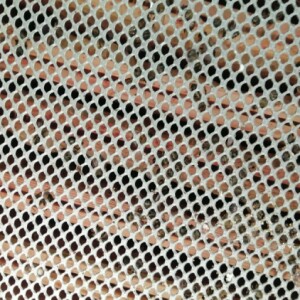Reconnoitre
The snow has melted (mostly); the frost was not as severe as feared; a pale sun was shining; time for a spot of beekeeping. Well, only in the broadest sense. I rummaged in the bee shed to count honey jars, to help decide of I should order more; slightly unreal to be doing that with snow lingering under the hedges, a melt-pond (frozen over) near the hedge on the right of this picture and melt-water racing along in the Nethercote brook behind the hives
It turns out that we have over 100 1lb jars - more than enough - but only a few 12oz, hexagonal jars, which make nicer presents. Artisanal honey is overwhelmingly still sold in antique weights; the label on the jar has to show the metric weight more prominently than the outdated one, but those are still almost always 454g (1lb) or 340g (12oz) or 227g (8oz) - an enduring testament to UK's half-hearted embrace of modernity
A quick check that all the colonies still have sugar fondant available. They do, and they are not using it very quickly, which is good news - they are probably still using the honey they made for themselves last autumn.
For fun, I stuck a phone under a hive and clicked the shutter - see extra. This is an 'open mesh floor' (almost always written as 'OMF'), to which almost all beekeepers have migrated since the arrival of Varroa destructor in UK in the 1990s. The floor helps keep down the population of the parasitic mite that weakens the colony. As the bees groom themselves to remove the parasites, they fall off and fall through the open mesh, unable to climb back in. Since its introduction the OMF has also proved to be good for ventilation of the hive and reducing condensation. Concerns about the bees getting cold in winter have turned out to be unfounded
The bottoms of the frames are just visible through the mesh, each frame having two narrow strips of wood as its base. Bees are also just visible - some walking, and a few corpses awaiting the undertaker bees, who have not been able to carry out their duties in the recent cold snap
At the end of winter, the teasels are still standing. By now, the goldfinch have probably taken all the seeds. Teasels were once important for processing wool (though there are several species, and it may not have been this one). Between the teasels and the hives runs a badger track, worn in the grass where they follow the same route every night. Badgers sometimes disturb hives, hoping to find larvae to eat, but we have never had a problem


Comments
Sign in or get an account to comment.


